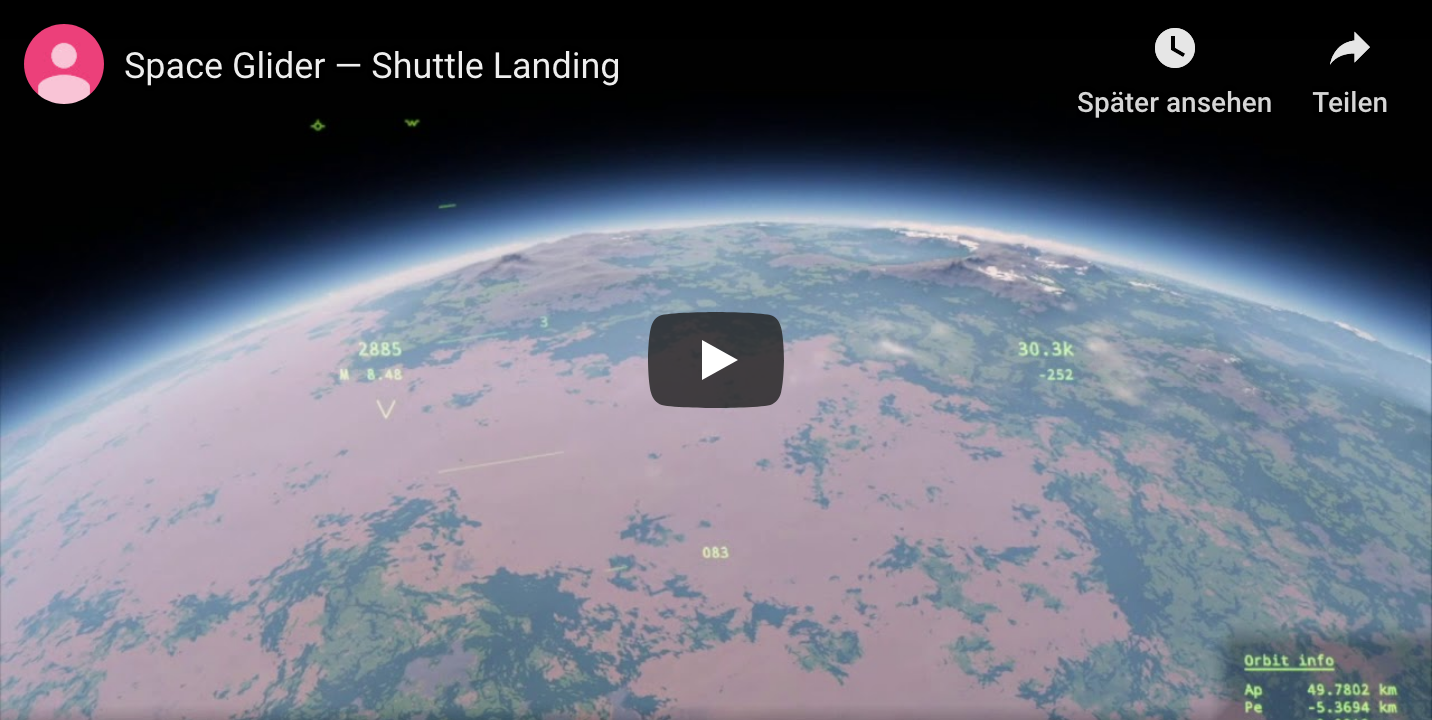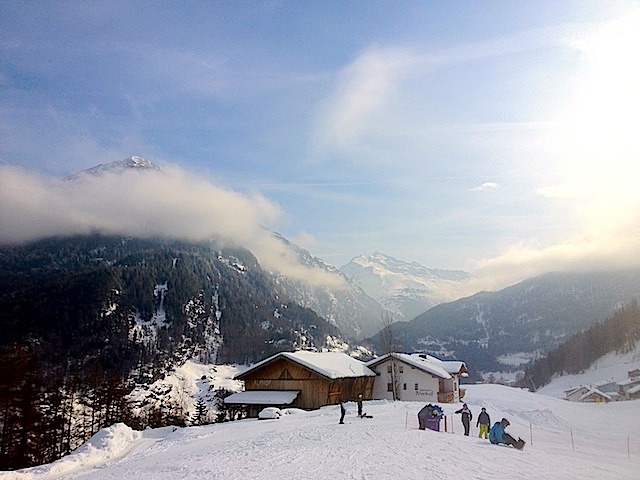This is a brain-dump inspired by a thread on twitter about correct™ dither in sRGB, meaning, to choose the dither pattern in such a way as to preserve the physical brightness of the original pixels. This is in principle a solved problem, but the devil is in the details that are easily overlooked, especially when dithering to only a few quantization levels.
So, this topic came up on twitter:
I had previously spent some time to wrap my head around this exact problem, so I shot from the hip with some pseudo code that I used in Space Glider on Shadertoy. Code postings on twitter are never a good idea, so here is a cleaned up version wrapped up in a proper function:



